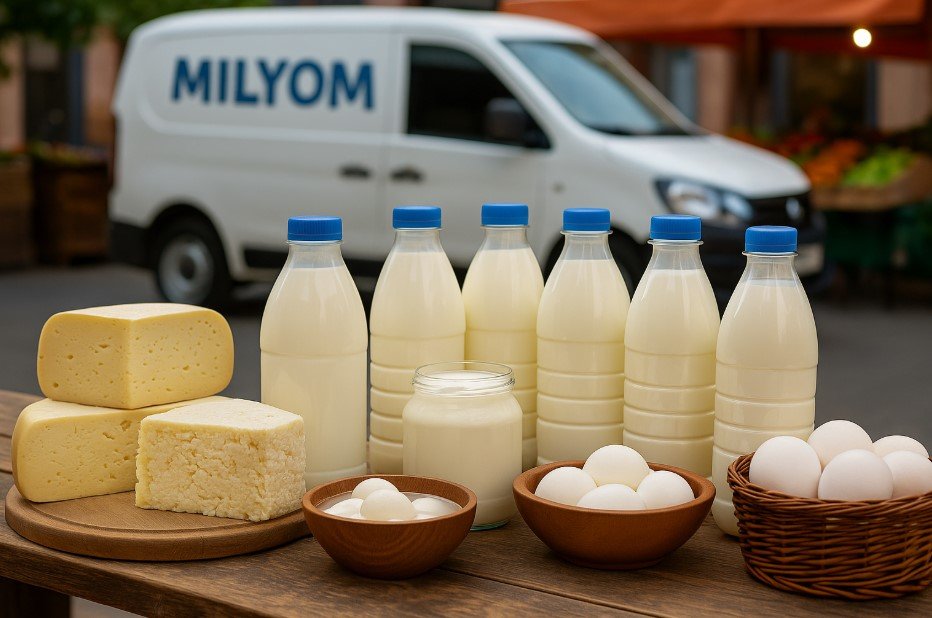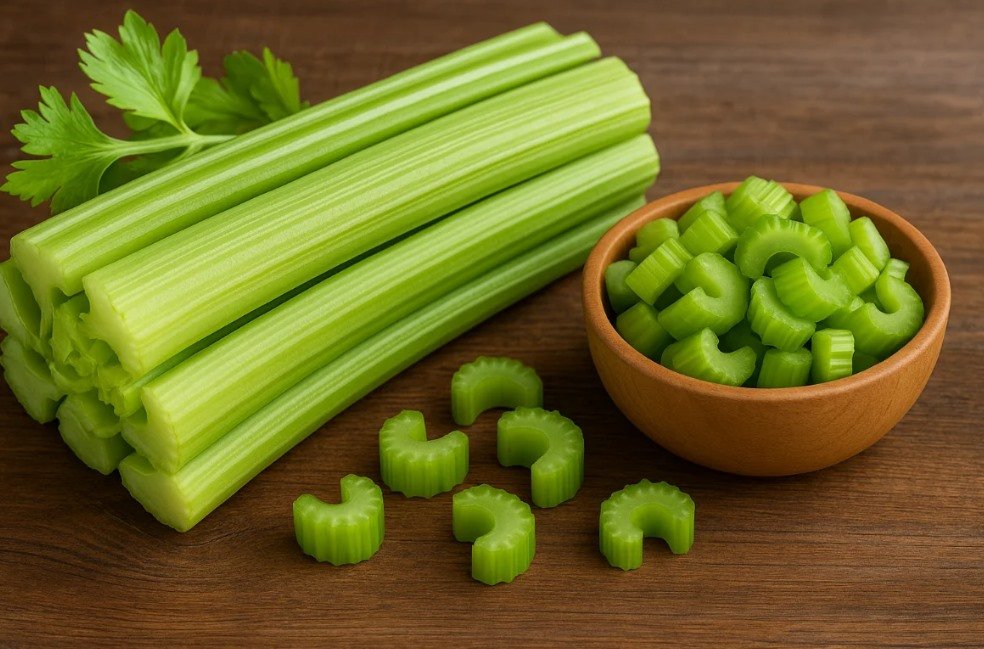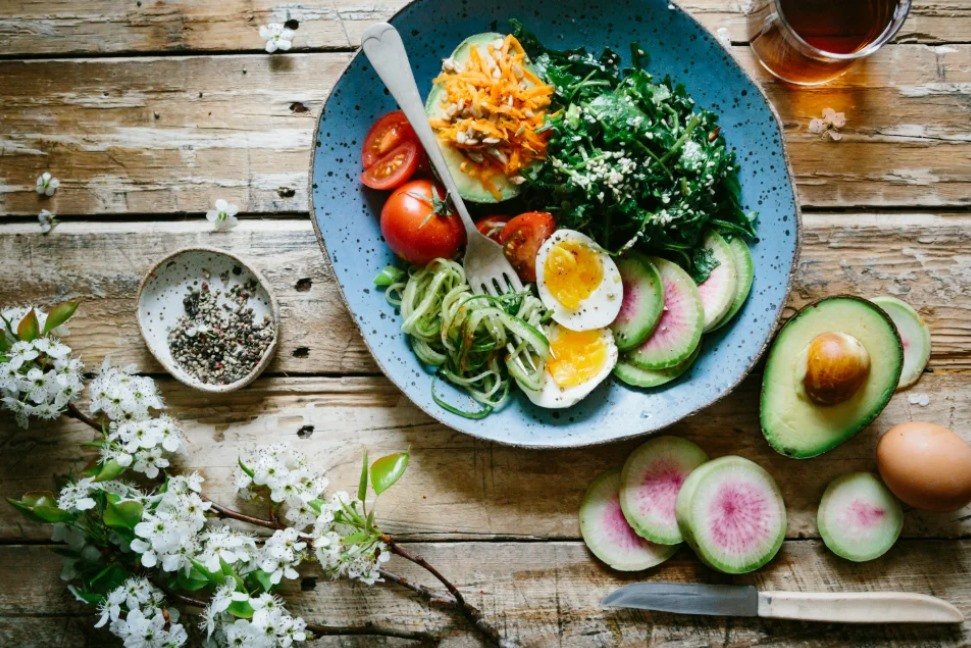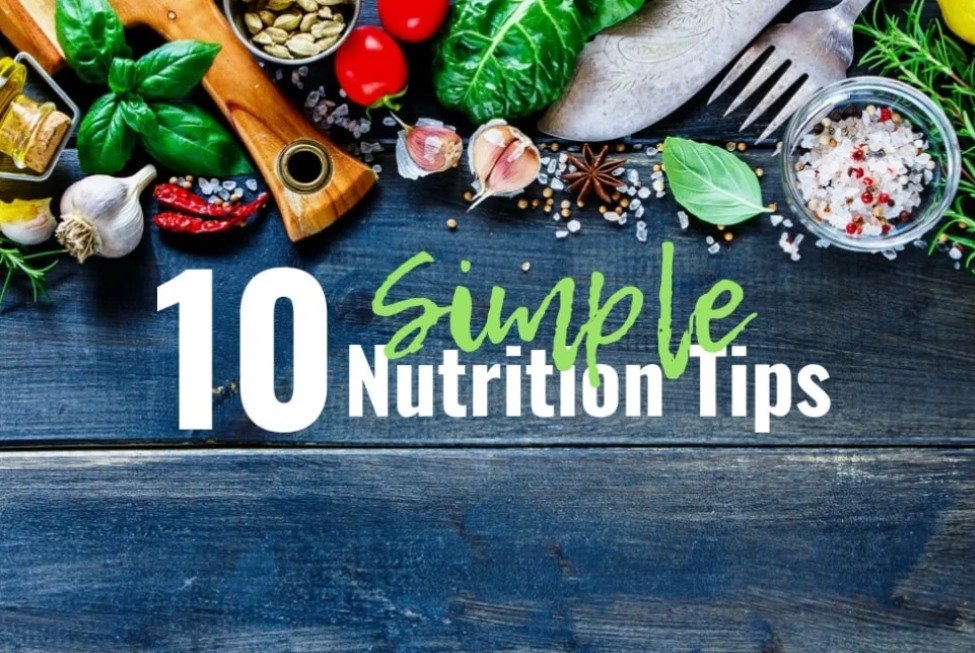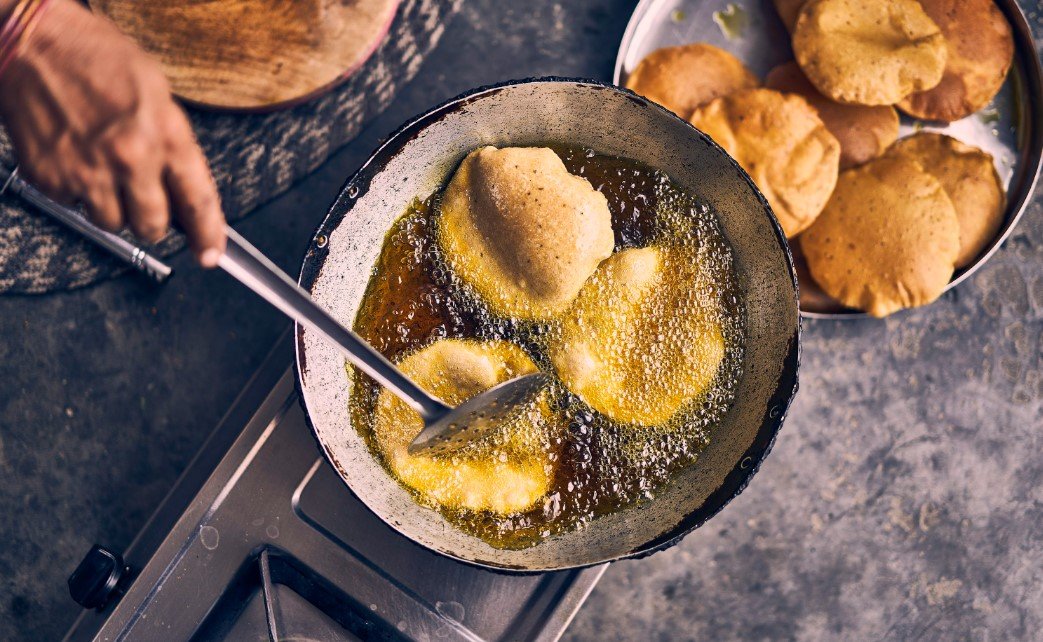
Cooking oil is a basic part of almost every meal. It affects the taste, texture, and nutritional value of food. Choosing the right cooking oil can be confusing because there are many types available, and each has different properties. The Heartumental guide helps you understand which cooking oil to use for different cooking methods. It focuses on explaining oil types, their uses, and how to choose them for everyday meals in a simple and clear way.
Why Choosing the Right Cooking Oil Matters
Cooking oils are made from different plant or animal sources, and they each have different smoke points, flavours, and health effects. The smoke point is the temperature at which the oil starts to burn and produce smoke. If an oil is used above its smoke point, it can break down and release harmful compounds. The Heartumental guide explains that using the right oil helps maintain the taste of the dish, prevents burning, and supports healthier cooking.
Types of Cooking Oil
There are many kinds of cooking oils. The Heartumental guide focuses on the most common ones used in daily cooking.
- Vegetable oil is a general term for oils made from plants like soybean, sunflower, or canola. It has a high smoke point and neutral flavour, which makes it good for frying, baking, and general cooking.
- Olive oil comes in two main types: extra virgin and refined. Extra virgin olive oil is good for low-heat cooking, salad dressings, and drizzling because it has a strong flavour and more nutrients. Refined olive oil has a higher smoke point and can be used for sautéing.
- Sunflower oil has a light flavour and high smoke point, making it suitable for frying and deep-frying. It is often used for snacks and fast cooking.
- Mustard oil is common in Indian cooking. It has a strong taste and high smoke point, which makes it good for stir-frying and pickling. It is usually heated before use to reduce its sharpness.
- Coconut oil is solid at room temperature and becomes liquid when heated. It has a lower smoke point and a distinct flavour, making it better for baking or light sautéing rather than deep-frying.
- Ghee is clarified butter and is widely used in Indian cooking. It has a rich taste and high smoke point, which makes it good for frying, roasting, and adding flavour to dishes.
- Sesame oil has a nutty taste and is used in small amounts for flavouring, especially in Asian cooking. It is suitable for stir-frying but is usually added at the end of cooking.
Matching Oil with Cooking Methods
The Heartumental guide recommends choosing oils based on the cooking method you are using.
- For deep-frying, choose oils with a high smoke point and neutral flavour. Good options are sunflower oil, vegetable oil, and refined peanut oil. These can handle high temperatures without breaking down.
- For sautéing or stir-frying, use oils with medium to high smoke points and mild flavours. Canola oil, refined olive oil, and mustard oil are suitable.
- For baking, use oils that stay stable and do not add strong flavours. Vegetable oil, coconut oil, and canola oil work well in cakes and bread.
- For salads or cold dishes, use oils with strong flavours that are not heated, such as extra virgin olive oil or cold-pressed sesame oil.
- For flavouring cooked dishes, small amounts of ghee, butter, or sesame oil can be added at the end to enhance the taste.
Health Considerations
The Heartumental guide explains that health is another factor when choosing cooking oil. Different oils have different types of fats. Oils rich in unsaturated fats, such as olive oil, sunflower oil, and canola oil, are often considered better for heart health. Saturated fats, found in ghee and coconut oil, should be used in moderate amounts.
It is also important to rotate oils instead of using only one type. This ensures you get different nutrients and avoid too much of any one kind of fat. The Heartumental guide suggests using oils with less processing, such as cold-pressed or extra virgin oils, when possible.
Storing Cooking Oil
How you store oil affects its quality. The Heartumental guide recommends keeping oils in cool, dark places away from heat and light. Oils can go rancid if exposed to air or light for long periods. Always close the bottle tightly after use. Using oils before their expiry date ensures they stay fresh and safe.
Common Mistakes to Avoid
The Heartumental guide points out a few mistakes people make when using cooking oil. One common mistake is overheating the oil. If the oil smokes, it has passed its smoke point and should be discarded. Another mistake is reusing oil many times. Reused oil can break down and produce unhealthy compounds. It is safer to use fresh oil for each cooking session.
Another mistake is using the wrong oil for the cooking method. For example, using extra virgin olive oil for deep-frying can cause it to burn quickly. Following the correct match between oil type and cooking method helps prevent these problems.
Budget and Availability
Cooking oil should also be chosen based on what is affordable and available. The Heartumental guide explains that common oils like sunflower, mustard, and vegetable oil are widely available and budget-friendly. More expensive oils such as extra virgin olive oil or cold-pressed oils can be used in small amounts for special dishes. There is no single perfect oil, and choosing depends on your cooking needs and budget.
Conclusion
Cooking oil is an essential part of preparing food, and choosing the right one can improve taste, health, and safety. The Heartumental guide shows that it is important to consider smoke point, flavour, nutrition, and cost when selecting an oil. Matching oils with cooking methods ensures better results and avoids problems like burning or loss of nutrients. By understanding the basic types of oil and using them correctly, you can make your meals healthier and more enjoyable. The Heartumental guide makes it clear that knowing which cooking oil to use is a simple but important part of everyday cooking.





